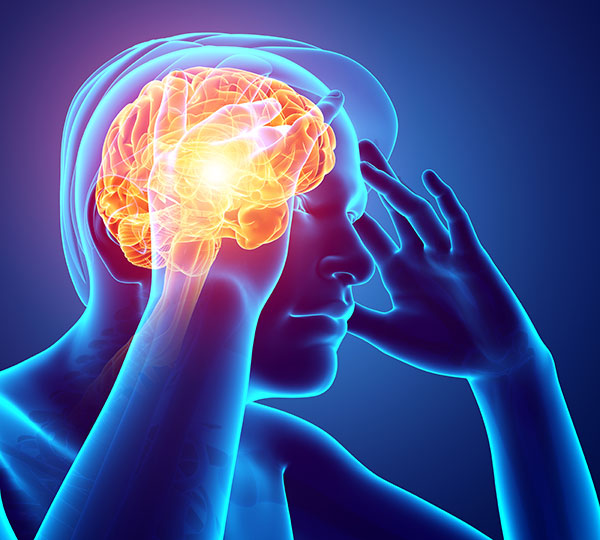Cervical Spine Disorders
Pain disorders of the cervical spine can involve a variety of structures, such as muscles, tendons, ligaments, joints, bones, and neural tissues. The most common symptoms of a cervical spine disorder are neck pain and limitation on movement. Movements of the head and/or sustained head postures usually aggravate the pain. If there is neurological involvement, pain can radiate toward the head, trunk, or upper limbs. Because cervical symptoms have been commonly identified in patients experiencing masticatory muscle and TMJ pain, it is important to evaluate the cervical spine whenever there is a complaint of pain in the orofacial area. Several studies have shown a strong relationship between neck impairment and jaw impairment.
There is a biomechanical relationship between the jaw and neck. The cranium and mandible have muscle, tendon and ligament attachments to the cervical area. These structures form a system called the “Craniocervical- Stomatognathic System”. Because of this anatomical relationship, changes in the activity of the neck muscles and head posture influence the activity of the jaw masticatory muscles, and vice versa.
Cervicalgia (Neck Pain)
Cervicalgia is a generalized term meaning neck pain. Even though the pain may have its origin in cervical structures, discomfort is usually felt in the suboccipital area, sternocleidomastoid and upper trapezius muscles, with frequent referral of pain to the frontal, temporoparietal, occipital, vertex and orbital regions. Sprain and Strain of the soft tissues of the posterior cervical spine is the most common traumatic spinal injury found in medical practice, especially following motor vehicle accidents.
Cervical Osteoarthritis
Direct or indirect trauma to the weight-bearing vertebral joints of the cervical spine is conducive to progressive degenerative arthritic changes. These changes occur as the intervertebral discs lose their ability to withstand loading forces. Degenerative changes include inflammation of the vertebral joint linings with osteophyte (bone spur) formation, as well as bony and cartilaginous spurring with pain. An Osteoarthritic cervical spine is vulnerable to trauma. As age increases, especially in individuals over the age of 50, degenerative changes can occur in the vertebral body, posterior facets and intervertebral discs. The most common regions of intervertebral disc degenerative changes are in the area of C5-C6-C7. Osteoarthritis is more commonly found in the upper cervical spine segments.
Cervical Dystonia (Spasmodic Torticollis)
This condition is characterized by sustained unilateral contraction of the neck muscles and occasionally the shoulder muscles. When cervical dystonia is present, the head is usually tilted laterally, bending toward the opposite side.
Occipital Neuritis/Neuralgia
It is believed that cervical spine pathology can cause headaches. There are numerous structures in the cervical spine region that are sensitive to pain and refer pain to the head and face. When headaches are caused by non-malignant, non-infected structures in the cervical spine, the headache is referred to as Cervicogenic Headache.
Other Cervical Spine Disorders
- Radiculopathy or Spinal (Radicular) Nerve impingement
- Head or Facial Pain attributed to inflammation of the Stylohiod ligament,
- Cranial Nerve Entrapment
- Ankylosing Spondylitis

